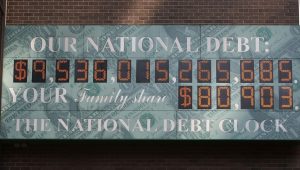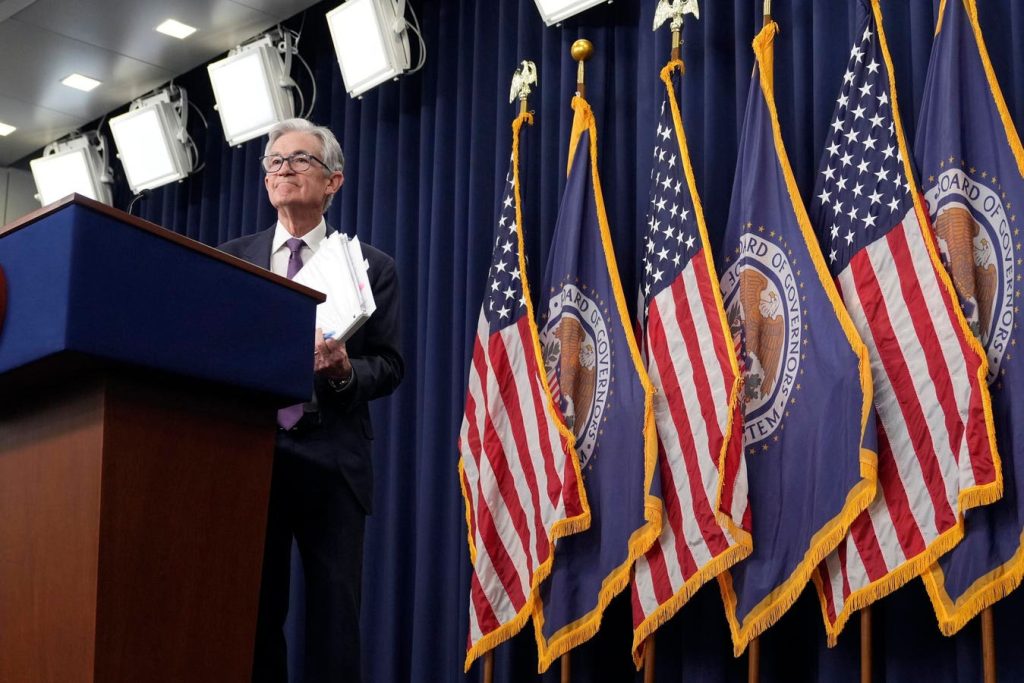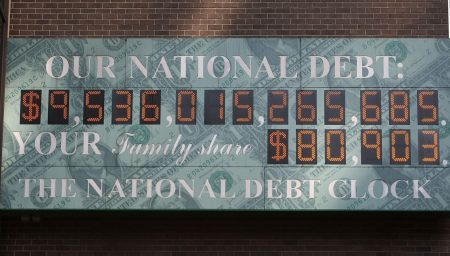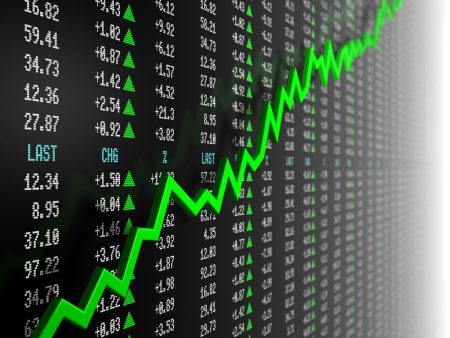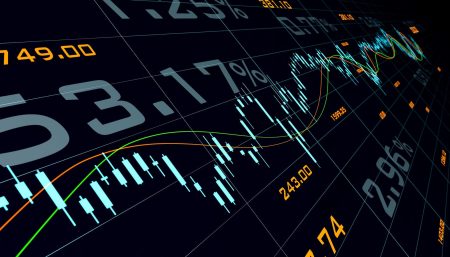The U.S. economy enters 2025 facing a balanced outlook, with indicators suggesting a moderate, though not insignificant, risk of recession. While certain economic headwinds exist, the overall consensus points towards continued growth, albeit at a potentially slower pace than in the recent past. The Federal Reserve projects a 2.1% GDP growth rate for 2025, a figure generally considered sufficient to avert a recessionary downturn. This projection aligns with other positive indicators, such as the relatively stable housing market and the recent upward trend in the stock market, which often serves as a barometer of overall economic health. Forecasting platforms like Kalshi estimate a 21% probability of recession before 2026, placing the current risk level near historical averages. This relatively optimistic outlook is further bolstered by the Federal Reserve’s recent interest rate cuts, which aim to stimulate economic activity and mitigate the risk of a downturn.
Despite the generally positive outlook, several potential risks warrant careful monitoring. Chief among these is the rising unemployment rate, which has climbed from 3.7% to 4.2% over the past year. While this increase is relatively modest and originates from historically low unemployment levels, it nonetheless represents a potential vulnerability. Consumer spending forms the bedrock of the U.S. economy, and even small increases in unemployment can curtail spending and potentially trigger a recession. The current unemployment level leaves less room for further increases without triggering more significant economic consequences. Should the unemployment rate continue its upward trajectory, the risk of recession would undoubtedly escalate.
The housing market, another traditionally sensitive indicator of economic health, currently exhibits relative stability. Housing permits, a forward-looking measure of construction activity, remain broadly consistent, suggesting continued, albeit potentially moderate, growth in the sector. Home prices have also demonstrated resilience, exceeding many earlier predictions of decline. This stability in the housing market offers further support for the view that a recession in 2025 is unlikely. However, given the historical volatility of the housing sector, its performance warrants ongoing observation. A significant downturn in the housing market could easily undermine broader economic stability.
Interest rate policy also plays a crucial role in shaping the economic outlook for 2025. While the Federal Reserve is expected to continue cutting interest rates throughout the year, concerns linger about the lagged effects of the elevated rates seen in 2024. These higher rates could still exert a dampening effect on economic activity, even as the Fed pursues a more accommodative monetary policy. The New York Federal Reserve’s predictive model, for instance, assigns a 30% probability of recession by December 2025, largely due to the anticipated delayed impact of these prior high interest rates. However, the ongoing rate cuts by the Federal Open Market Committee are expected to progressively mitigate this risk.
While the Federal Reserve’s proactive interest rate cuts are intended to stimulate the economy, they also introduce a degree of uncertainty. The effectiveness and timing of these cuts’ impact on economic activity are not precisely predictable, adding a layer of complexity to the 2025 economic forecast. Moreover, the global economic landscape also presents potential risks to the U.S. economy. Unforeseen events in international markets, such as geopolitical instability or economic downturns in major trading partners, could have spillover effects on the U.S. economy. These external factors are difficult to predict and control, highlighting the inherent challenges in forecasting economic performance with complete accuracy.
In summary, the current economic outlook for 2025 suggests a moderate probability of recession, with a complex interplay of factors influencing the overall trajectory. Positive indicators like moderate GDP growth projections, a stable housing market, and a rising stock market suggest continued expansion. However, the rising unemployment rate, the lagged impact of higher interest rates from the previous year, and the inherent uncertainties surrounding the global economy represent potential downside risks. While the current consensus points toward continued growth, vigilance and ongoing monitoring of these key economic indicators are crucial to accurately assess the evolving economic landscape and proactively address any emerging challenges.

